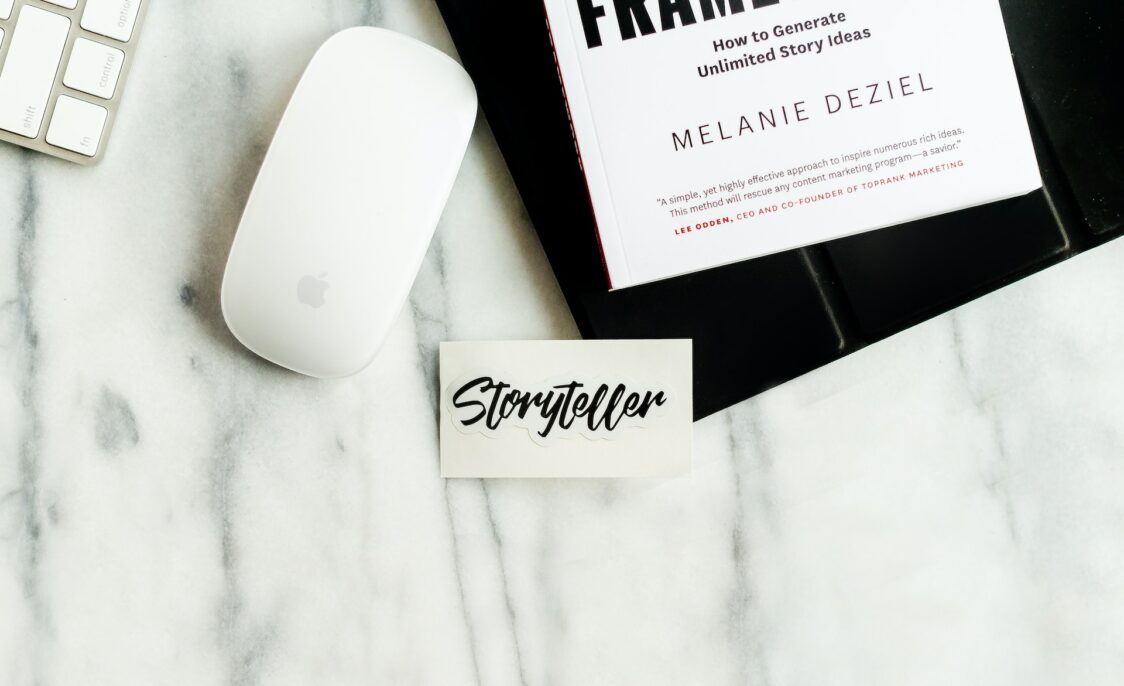
This article delves into the intriguing realm of data visualization storytelling (DVS), an emerging field that’s fast becoming a game-changer for businesses. Unlike traditional data interpretation, DVS synthesizes quantitative analysis and cognitive sciences, empowering businesses to communicate insights in a compelling, easily digestible format.
Let’s explore its unique benefits and distinguish it from traditional data visualization methods.
Data Visualization Storytelling vs. Traditional Data Storytelling: How Are They Different?
Unlocking pivotal insights from data and conveying these clearly have emerged as two distinct skills in the business world. Expertise in DVS — a powerful combination of analytical skills and narrative techniques—is increasingly viewed as a linchpin for business success.
While the value of amassing, processing, and interpreting data is well recognized, the significance of articulating these insights in a clear, persuasive manner is equally, if not more, essential.
DVS aims to convert data into actionable insights, making it distinctly different from conventional data visualization techniques. Its secret sauce lies in the human element it introduces into data analysis—persuasive narratives that inspire and inform critical business decisions in real time.
Breathing New Life into Data with Storytelling
The true power of data is unleashed only when it’s presented as a relatable story. When your audience sees themselves as part of the story, their engagement levels surge. Personalizing and contextualizing data is thus vital.
After all, without a compelling story, even the most sophisticated data becomes just a string of impersonal numbers that lack the power to engage.
Why DVS Matters?
DVS marries quantitative analysis with cognitive and other scientific disciplines, taking the art of communication to a whole new level.
- The modern world’s data deluge has spawned a host of self-service Business Intelligence (BI) tools that democratize data access. These tools are largely wielded by special scientists, a role that has emerged over the last decade as data’s importance to business success has become more pronounced.
- However, mastering manipulation techniques is just half the battle won. Equally crucial is the ability to translate these insights into a language that all stakeholders understand.
- The inability of the scientists to articulate insights effectively can drastically curtail the impact of their work, leading to significant value erosion for businesses. After all, what’s the point of investing in sophisticated information systems and data architectures if they don’t translate into positive business outcomes?
DVS, therefore, emerges as a potent tool. It empowers teams across the organization, from tech gurus to non-technical personnel, to translate their data into captivating, impactful narratives.
Distinguishing between Graphical Representation and Narrative Interpretation
To capture the distinction between graphical data representation (or Dataviz) and narrative data interpretation (or Data Storytelling), let’s explore a distinct scenario.
Graphical Data Representation Scenario:
- Eight oranges were used to create two marmalades for sale.

Narrative Data Interpretation Scenario:
- The eight oranges plucked from my grandmother’s organic grove were carefully loaded into her energy-efficient vehicle. Together, we transported them to a top-notch culinary workspace where the nation’s leading chef crafted two homemade orange marmalades from scratch. These exclusive preserves were set aside for the city’s mayor to gift his mother on her birthday. Interested to know her reaction?
This scenario delineates one of the significant contrasts between graphical data representation and narrative data interpretation: the power of an engaging narrative. Hopefully, those eight oranges gained a new allure as they became part of an intriguing story. This underlines that, once placed into a relevant and personal context, raw facts become more intriguing and meaningful to the reader.
Transitioning from Graphical Representation to Narrative Interpretation: The Key Components
Analyzing the formula for narrative data interpretation, we discover it necessitates the fusion of three main elements: raw facts, visual aids, and a compelling storyline.
- Visual aids, when paired with raw facts (as in the case of graphical data representation), can add vibrancy and comprehensibility. Without specific visuals, we may find it challenging to grasp certain facts (e.g., the layout of a supermarket or a user’s navigation pattern on a website).
- By integrating a storyline with raw facts, we can emphasize the relevance of the given information. Context and narrative significantly augment our understanding.
- Pairing a narrative with visual aids intensifies attention and boosts engagement, propelling us into the realm of pure storytelling. People regularly read books or watch movies for amusement, contributing to a thriving multi-billion-dollar entertainment industry!
When raw facts, visual aids, and narratives are harmoniously blended, narrative data interpretation can significantly impact decision-making and stimulate positive transformations.
Is Storytelling Essential? Isn’t Graphical Data Representation Sufficient?
Frequently, the utility of narrative data interpretation is questioned. Does it indeed have the potential to revolutionize decision-making in business? Is there a need to make raw facts more attractive in a professional setting?
To seasoned users, spinning stories around raw facts may appear unnecessary. Presenting the data should suffice. However, this notion mistakenly presupposes that business decisions hinge solely on logic and reason. Neuroscience studies, on the contrary, indicate that emotions, rather than logic, predominantly drive decision-making.
Hence, making raw facts visually appealing is not an aesthetic indulgence but an efficiency imperative! Design is not merely cosmetic but an essential feature that enhances productivity, promotes clear understanding, and facilitates quicker and better decision-making.
Benefits of Narrative Data Interpretation over Graphical Representation
If it’s not already evident, storytelling with data helps establish a connection between the information and our brain’s emotional centers, resulting in a few compelling benefits:
- Information sparks curiosity: It aids in forming connections and overcoming obstacles (as demonstrated in the orange marmalade story).
- Information becomes persuasive: Often, storytelling is utilized to establish a unique position, and information becomes more convincing when it is data-backed.
- Information is more memorable: A robust visual portrayal often enhances recall and retention. Viewers or readers can simultaneously engage both their analytical and emotional faculties.
Final Thoughts
Narrative data interpretation stands as a powerful tool in the modern data-driven era, holding immense potential for businesses. By employing compelling storytelling techniques to present data, organizations can engage their audience on a deeper level, make their messages more persuasive, and drive decision-making processes effectively.
This unique approach is not just about presenting data but about transforming it into an immersive, memorable experience.